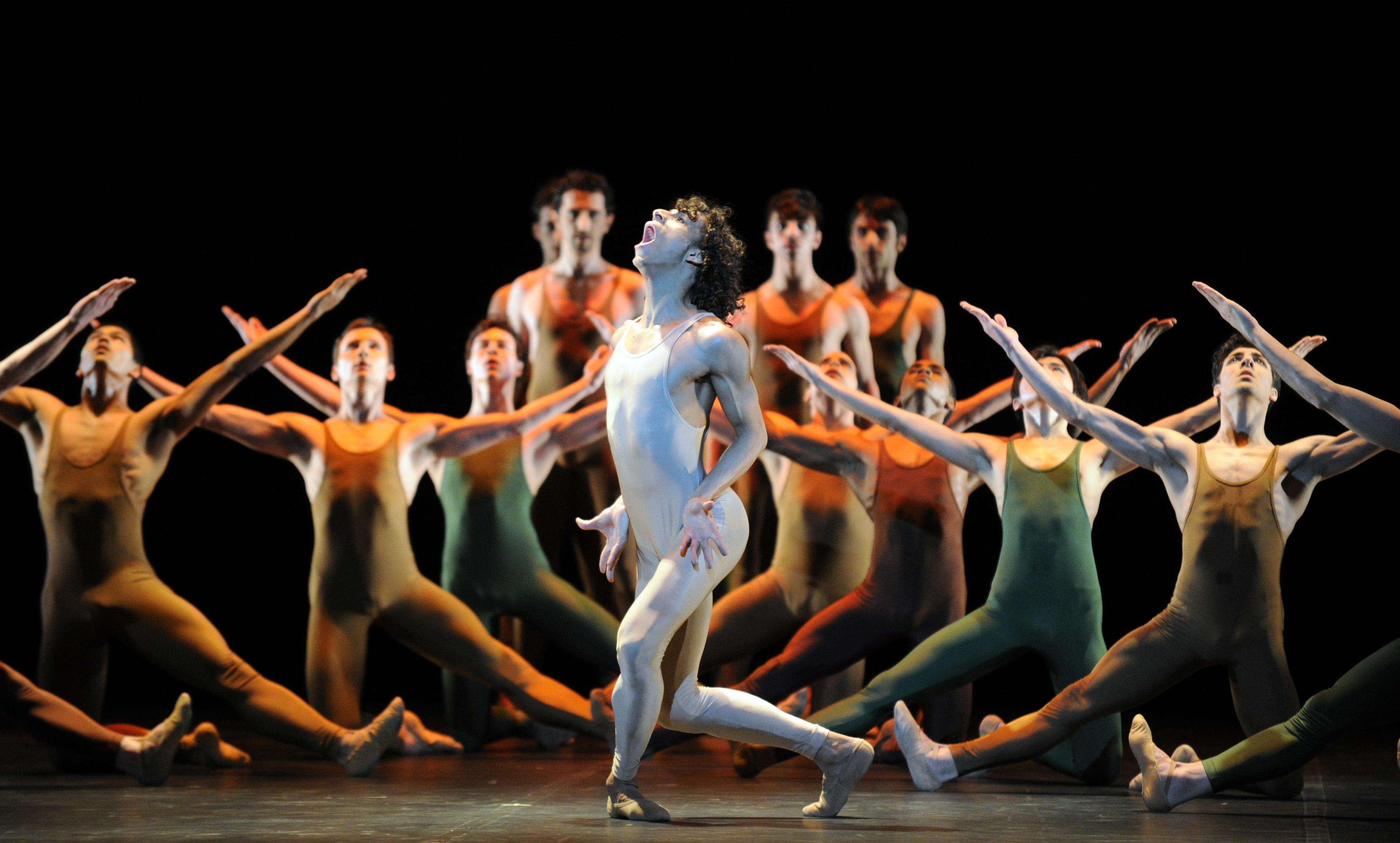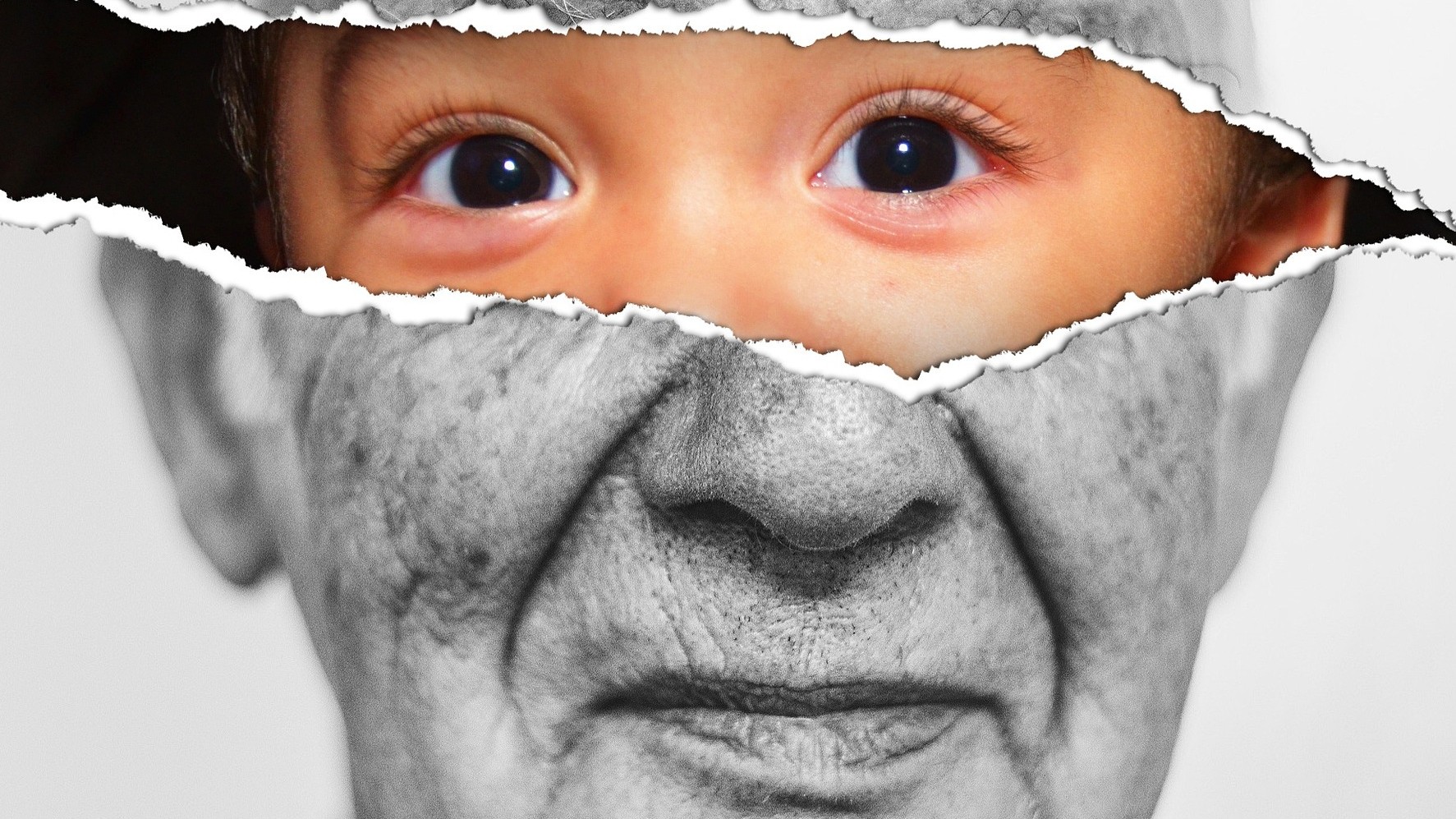Friedrich Nietzsche on how art can help you grow as a person
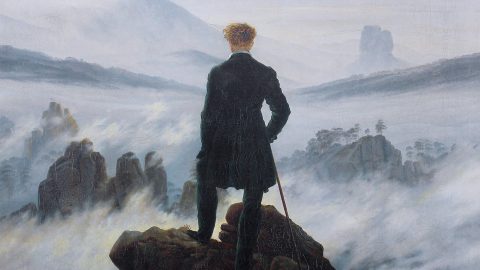
- Nietzsche placed art on a spectrum ranging from Apollonian to Dionysian.
- The former is based on reason and reflection, the latter on emotion and experience.
- Dionysian art, underappreciated today, can help us accept the hardship of human existence.
The famed philosopher Friedrich Nietzsche had an unusual way of looking at art, one that was inspired by his early work as a philologist studying ancient Greek language and literature. Rather than distinguishing between an artwork’s genre, medium, or time period, as most critics do, Nietzsche was interested in the interplay between two creative forces that he believed guided artists.
Like many of Nietzsche’s concepts, these forces – named after the Greek gods Apollo and Dionysus – are complex and difficult to define. Art inspired by Apollo, the god of truth and prophecy, is rational, constructive, and idealistic, while art inspired by Dionysus, the god of wine and revelry, is emotional, instinctive, and spiritual. Apollonian art is reflective: it helps people make sense of their surroundings, identify and solve problems, and bring order to a chaotic world. Dionysian art is rooted in experiences and relishes in chaos. It’s about existing in the world rather than scrutinizing the nature of existence itself. A general impression of duality emerges: Apollonian art seeks to resolve the contradictions that define our reality; Dionysian art is born of the resolution to accept reality as is, no questions asked.
Art can be simultaneously Apollonian and Dionysian in nature; what mattered to Nietzsche was the ratio. Ideally, art should be equal parts Apollonian and Dionysian, but that is rarely the case. As Nietzsche argues in his book The Birth of Tragedy, this is because modern society has come to value the Apollonian qualities of art over their Dionysian counterparts. Nietzsche points a finger at the influence and enduring popularity of Socrates, the founding father of western philosophy, who urged his contemporaries to rely on reason to keep their destructive and self-destructive emotions under control.
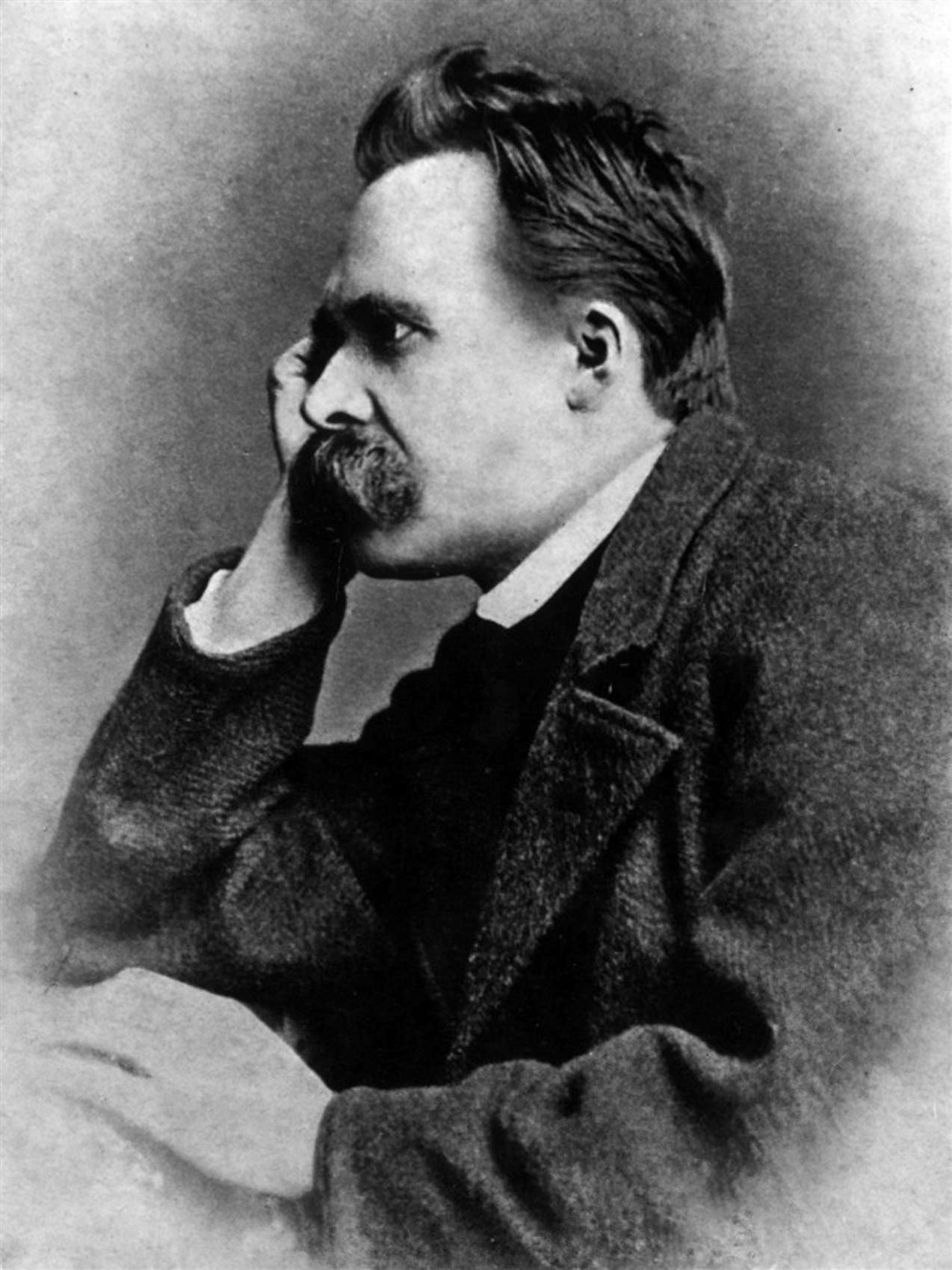
Nietzsche disagreed with Socrates. We are not machines; we feel as much as we think, and art that appeals only to our rationality fails to address a crucial aspect of the human experience. “We shall do a great deal for the science of esthetics,” he wrote in The Birth of Tragedy,
once we perceive not merely by logical inference, but with the immediate certainty of intuition, that the continuous development of art is bound up with the Apollonian and Dionysian duality: just as procreation depends on the duality of the sexes, involving perpetual strife with only periodically intervening reconciliations.
A perfect balance between the Apollonian and Dionysian qualities of art, according to Nietzsche, could be found in pre-Socratic Greek tragedies. The former manifested in the form of dialogue, while the latter was expressed through the chorus and the music.
Art and affirmation
Now that we understand how Friedrich Nietzsche interpreted art, it’s time to discuss his ideas on the role it plays in our daily lives. Because these ideas changed over the course of his life, it’s best to consider them side by side rather than debate which one constituted his definitive opinion.
Just as art can be simultaneously Apollonian and Dionysian, so too can it serve multiple, seemingly contradictory purposes at once. In The Will to Power, Nietzsche argues that art – specifically Apollonian art – is, at its core, an illusion that protects us from reality, from the inevitability of suffering and death. “For a philosopher to say, ‘the good and beautiful are one,’ is infamy,” he writes in that book, “if he goes on to add, ‘also the true,’ one ought to trash him.” Truth, he concludes, “is ugly. We possess art lest we perish of the truth.”
Nietzsche wrote something similar in The Birth of Tragedy:
Art approaches as a saving sorceress, expert at healing. She alone knows how to tum these nauseous thoughts about the horror or absurdity of existence into notions with which one can live: these are the sublime as the artistic taming of the horrible, and the comic as the artistic discharge of the nausea of absurdity.
Apollonian art can envision alternate realities where real-world problems are solved or ignored. However, it cannot help us face reality as is. That is where Dionysian art, irrational and experiential, comes in. “The Dionysian permeates the human soul with a spirit that, unlike the Apollonian, does not simply shadow the truth and pain of life,” philosophy professor David Evenhuis explains in an article. “Instead, the Dionysian revels in all that is harsh and contradictory, affirming not only joy but also suffering.”
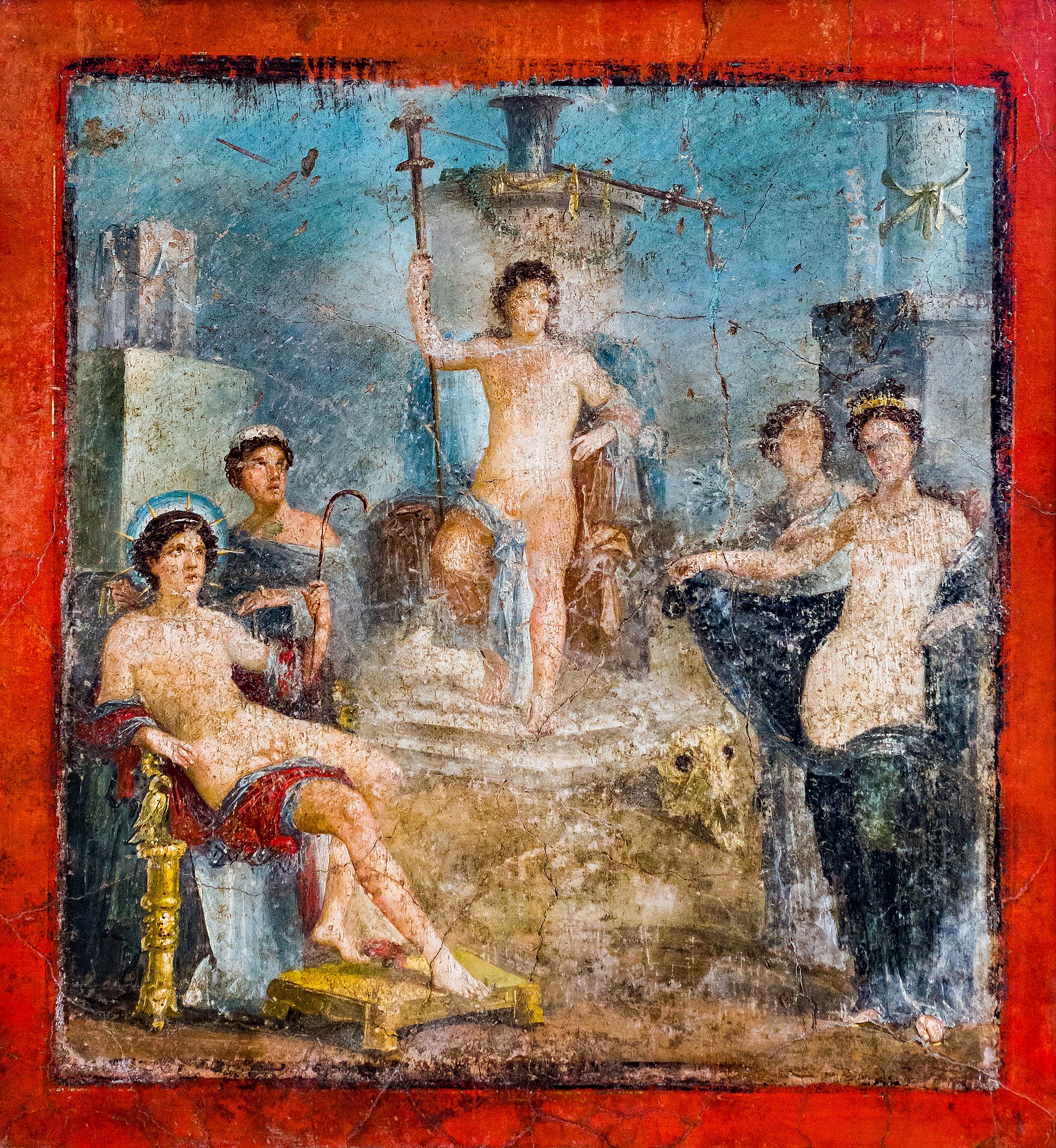
Nietzsche recognized this proto-“what does not kill me, makes me stronger” attitude in his favorite Greek tragedies, which, Evenhuis continues, told stories of “people who faced the extreme harshness of life and, in spite of this, lived to affirm their existence.” He also saw it in the Greek pantheon, which, in contrast to the monotheistic religions that followed, did not organize its gods along the lines of good and evil. Finally, he saw it in the Greek festivities held in honor of Dionysus, where ordinary social conventions were thrown out the window so participants could temporarily “lose themselves” to feverish singing and frenzied dancing, much like Nietzsche envisioned their ancestors had done at the dawn of time and consciousness.
Nietzsche, Evenhuis concludes, evaluated a work of art “on the basis of how it relates to human existence. That art which Nietzsche deems as good is so because it increases our feeling of power [and] art is viewed as bad when it stimulates an unhealthy feeling of decadence and degeneration.”
“Art,” Nietzsche writes in The Birth of Tragedy, “wishes to convince us of the eternal joy of existence.” He continues:
Only we are to seek this joy not in phenomena, but behind them. We are to recognise that all that comes into being must be ready for a sorrowful end; we are forced to look into the terrors of the individual existence – yet we are not to become rigid with fear: a metaphysical comfort tears us momentarily from the bustle of transforming figures.
It’s this metaphysical comfort – a comfort that dulls the pain of suffering – that we should look for when we read a book, listen to a piece of music, or study a painting.
When placed in the context of an individual person’s life, tragedy often seems pointless and traumatizing. When explored through art, however, it loses its sting and becomes somehow beautiful, even meaningful. Said Nietzsche: “In spite of fear and pity, we are the happy living beings, not as individuals, but as one living being, with whose creative joy we are united.”


